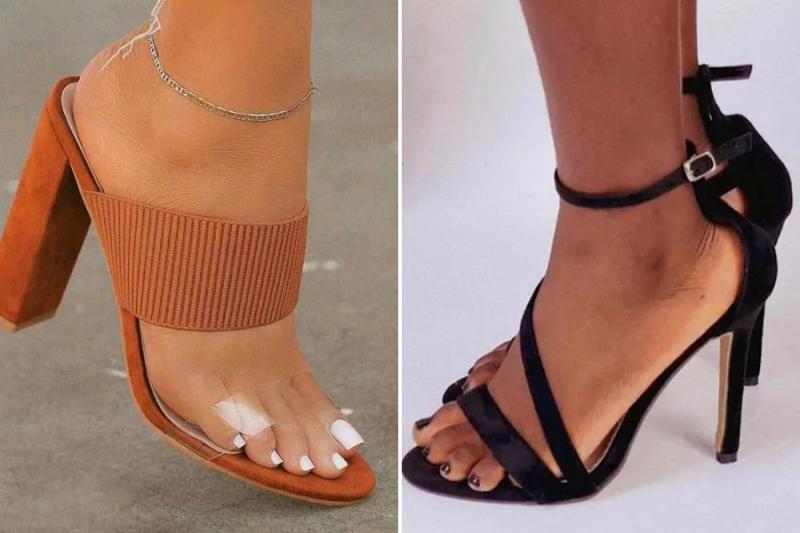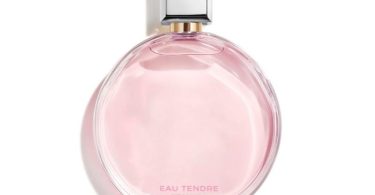Slipper heels are open-toe shoes with a low, chunky heel and a backless design, whereas sandal heels are open-toe shoes with a high, often stiletto, heel. The main distinction between the two is the heel height, with sandal heels being higher and more formal, whereas slipper heels are more casual and comfortable.
What is a Slipper Heel?
Heeled slippers are a hybrid shoe design that brings together the ease and relaxation of a traditional slipper with the class and refinement of a heeled shoe. These shoes are made to be worn on both formal and casual occasions, so the heel height is usually low to medium. The slip-on style of slipper heels makes them convenient and comfortable to wear. They may have a bow, tassel, or embellishment and have either a pointed or rounded toe.
The adaptability of slipper heels is one of their primary benefits. They are versatile and look great with everything from dresses and skirts to jeans and pants, depending on the event. The convenience of slipper heels is another perk. Slipper heels are a more casual alternative to high heels that are made to be worn all day without causing foot pain. Slipper heels are a chic and practical substitute for high heels. They are a favourite among fashionable women because they strike the ideal balance between ease and sophistication.
What is Sandal Heel?
A sandal heel is a type of shoe that combines the open design of a sandal with the height and elegance of a high heel. The foot is typically held within the shoe by one or more straps, and the heel of these shoes is designed to increase the wearer’s height. This type of shoe is also known as a wedge sandal. The height of the heel on a pair of sandals can vary, with some featuring a low heel known as a kitten heel and others featuring a high heel known as a stiletto heel. In addition, they could have a number of different strap configurations, such as ankle straps, T-straps, or straps that cross each other in a crisscross pattern.
The versatility of sandal heels is among the most significant benefits of wearing them. They can be dressed up or down according to the occasion, and they are versatile enough to be worn with a wide variety of garments, including jeans and trousers, in addition to skirts and dresses. The added benefit of comfort is yet another benefit of sandal heels.
Sandal heels, in contrast to conventional high heels, have a more open and porous design, making them less likely to cause foot sweating and blisters. In addition, they offer superior support and stability compared to sandals with a flat soles. To conclude, sandal heels are a chic and comfortable option for women looking to add height to their look while exuding elegance. They are the ideal choice for a wide range of activities due to their seamless integration of style and performance.
Difference Between Slipper Heel and Sandal Heel
The design of the shoe distinguishes slipper heels from sandal heels. Slipper heels are shoes with a closed toe that cover the front of the foot, whereas sandal heels have an open toe that exposes the toes. Slipper heels are more formal and elegant, with a pointed or rounded toe and a higher heel. They are frequently made of leather or suede and can be worn for formal occasions or in professional settings.
The main distinction between slippers and sandal heels is the level of formality and the shoe design. Sandal heels are more casual and versatile than slipper heels, which are more formal and elegant. Sandal heels, on the other hand, are more casual and versatile, with a lower heel and various styles and designs. They are available in various materials, including leather, canvas, and synthetic fabrics, and can be worn with casual and formal outfits.






